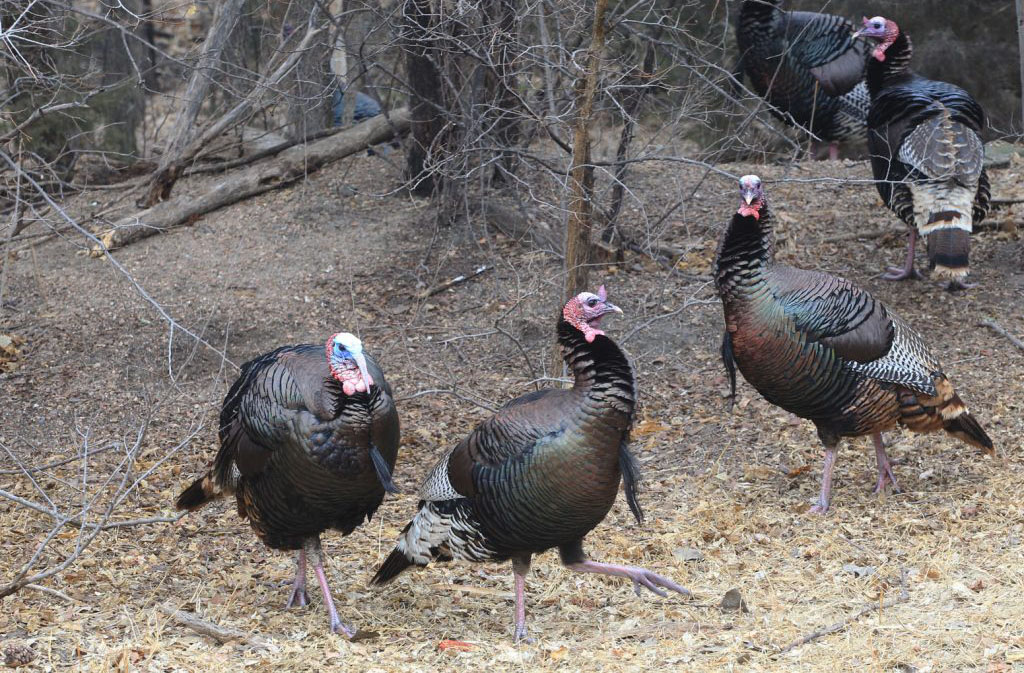
By Julie Geiser
The Nebraska archery turkey season for youth and adults begins March 25. Shotgun season for youth begins April 11, followed by the general shotgun season starting April 18, with all seasons closing May 31 – as hunters hit the field keep safety in mind to keep all hunters safe in the field.
Turkey hunting has some safety concerns that need to be addressed by all hunters; camouflage, calling, stalking and decoy use all make it imperative that hunters be on the defensive in the field.
Below are some tips for having a safe hunt that you should consider before heading out for your next hunt:
- When on the move show your presence by wearing blaze orange for safety.
- Treat every firearm as if it were loaded.
- ALWAYS practice muzzle control and know where the muzzle is pointed. The same applies to archers – know where your arrow is pointed.
- Never knock an arrow until you are set up in your hunting spot.
- Select the largest stump, blow-down or tree trunk that is wider than your shoulders and higher than your head to place your back against when calling; a hunter is more likely to spot another hunter when moving to the front or side than from behind.
- Eliminate the colors white, red, black and blue from your hunting attire; this includes handkerchiefs, socks, underwear, etc. The head of a gobbler can change to these colors in a moment’s notice.
- Select your calling spot in open timber rather than thick brush; eliminating movement is a key to turkey hunting success, but don’t conceal yourself completely to other hunters.
- An experienced hunter can detect movement in timber by watching other game or listening for the alarm cries of blue jays, crows, squirrels or woodpeckers – keep alert.
- Never wave or make turkey sounds to alert another hunter of your presence. Remain still and speak in a loud, clear voice to announce your presence. These tactics are safer than quick movements.
- Always identify the target as a turkey and positively identify what is behind the target before you shoot.
- Use common sense.
- When in doubt don’t shoot.
If you are calling over decoys and elect to move to a new location, check carefully to ensure that no one is stalking your decoys. Check before leaving your set up. If you see someone in the area call out so they know you are there and wear hunter or blaze orange while moving.
Stalking by a hunter toward the source of turkey calls can contribute to some hunting incidents, and the lack of good, defensive hunting tactics by the hunter that is calling can be contributed to other incidents. Spring turkey hunting involves camouflage, stealth and close ranges, but a hunter also must be seen and identified by other hunters, always select a calling position that provides cover from behind and be sure of your target before you pull the trigger.
